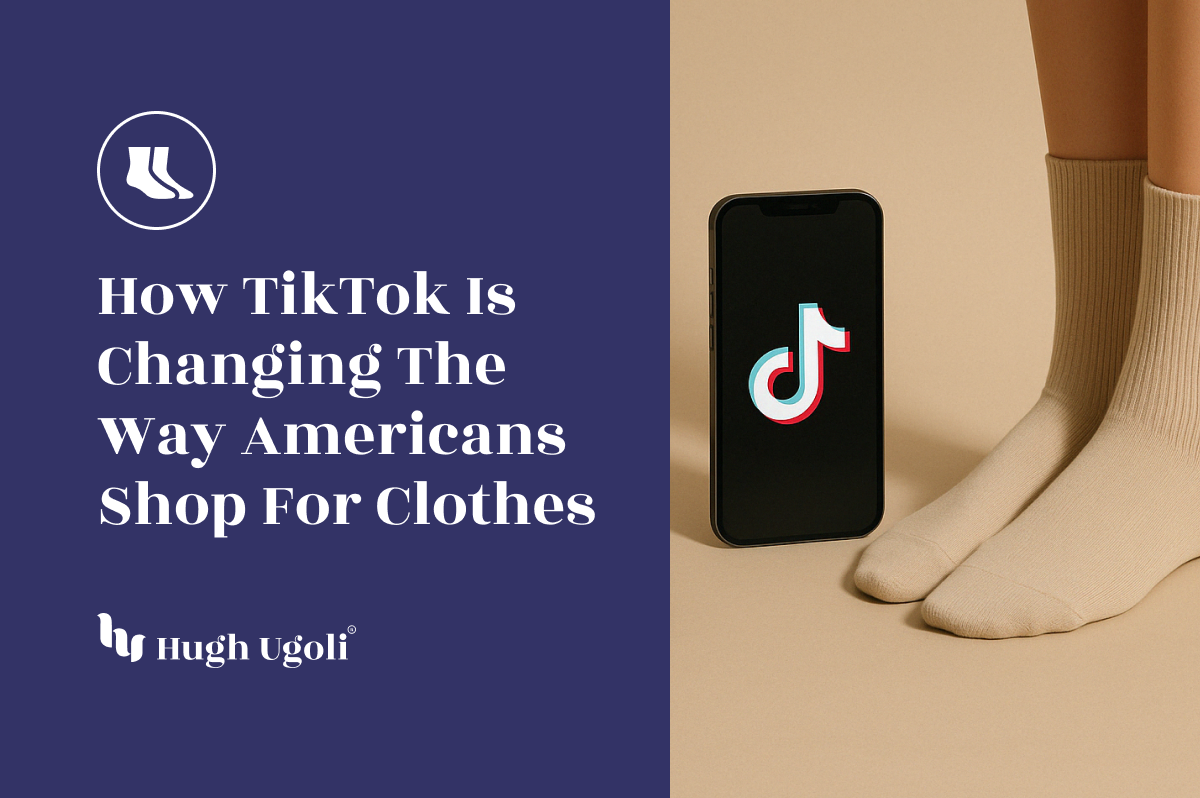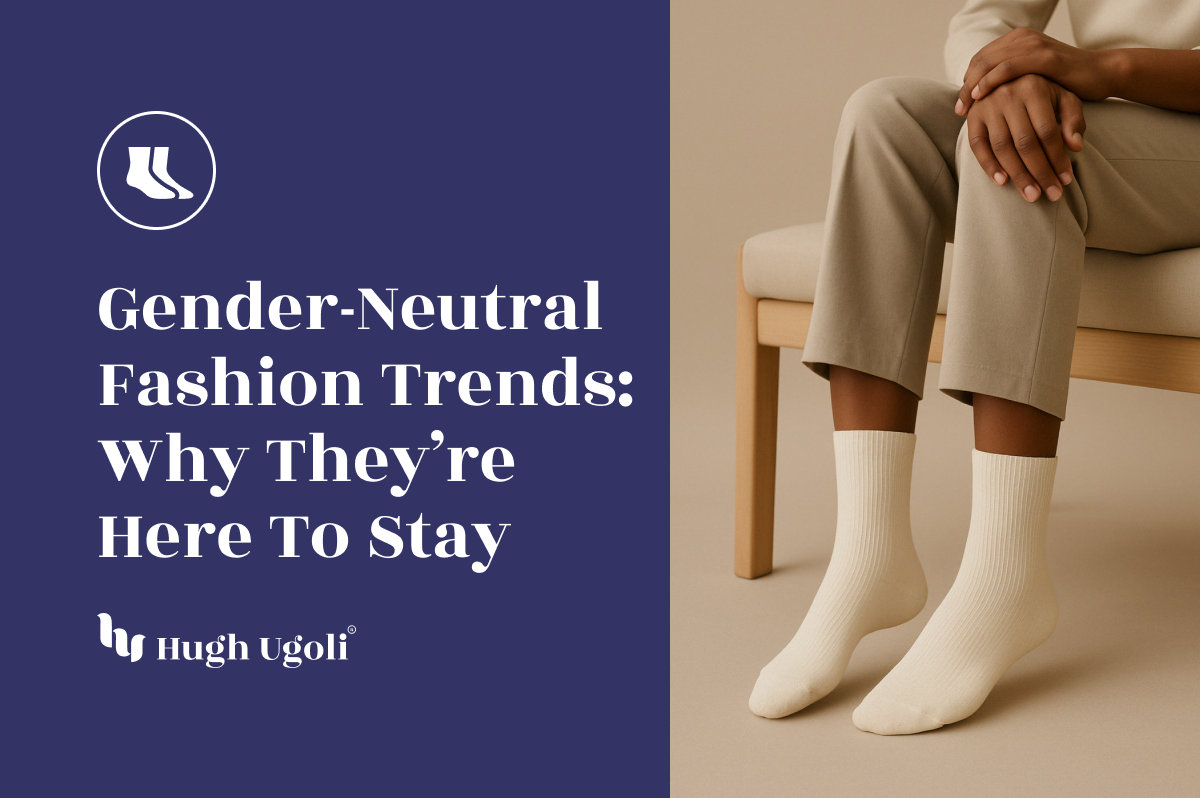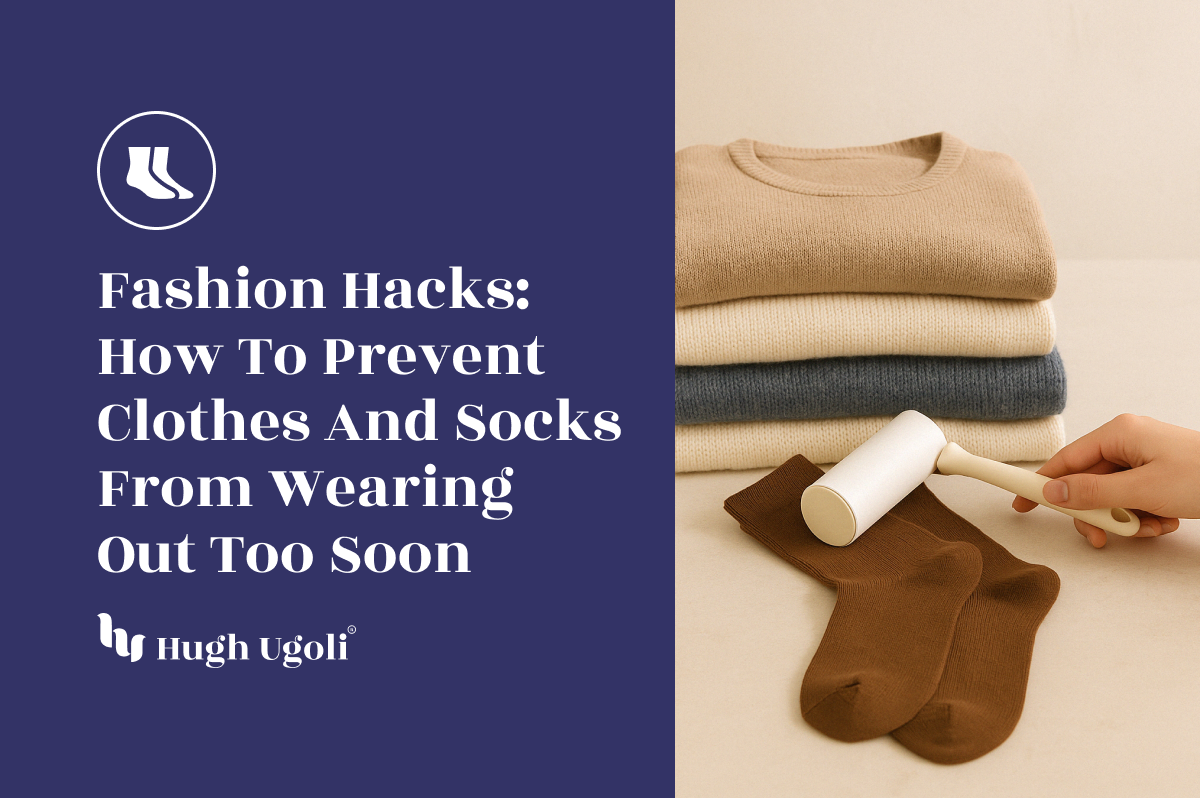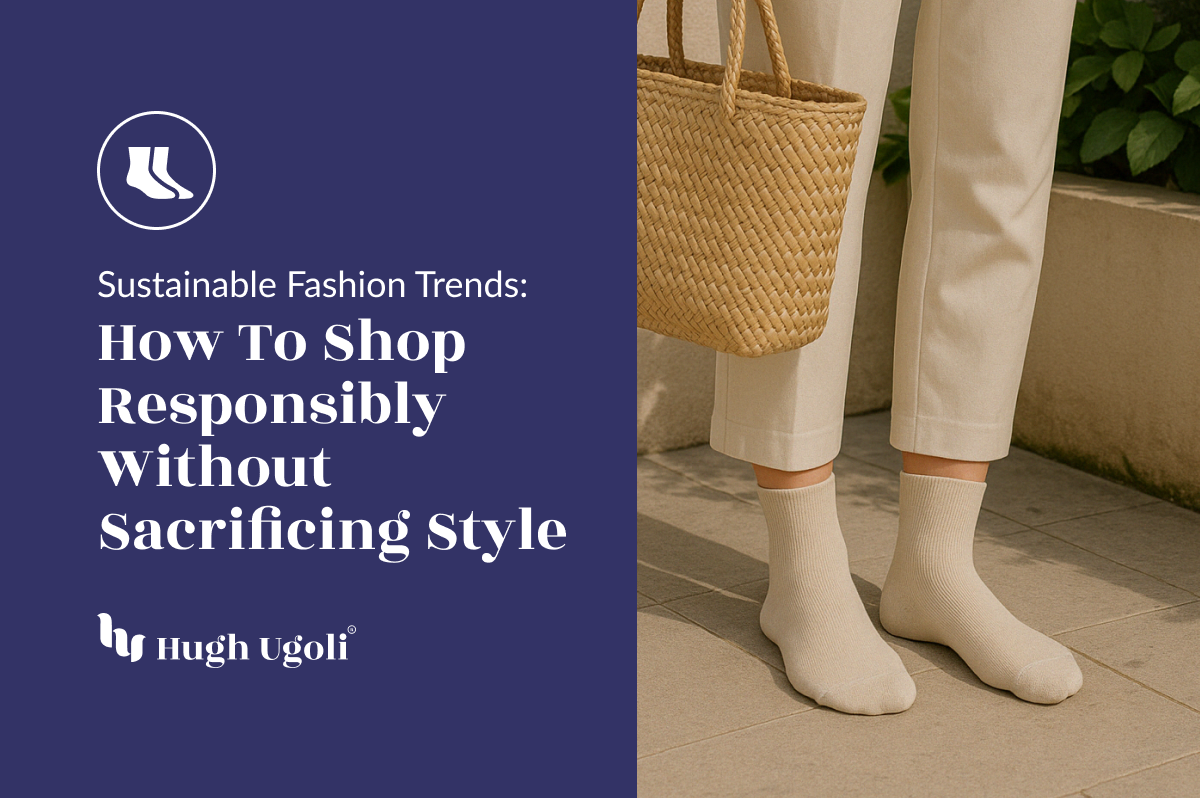For years, the textile industry has been a focal point of discussions around its environmental impact. From the waste it generates to the energy-intensive manufacturing process, the call for sustainable practices is louder than ever. In this complex landscape, one item that often slips through the cracks is the humble pair of socks. This article aims to show why sustainable socks matter and how they can significantly reduce the environmental impact.
The Problem with Traditional Sock Production
Traditional sock production has a multitude of environmental issues. Using non-renewable raw materials, such as synthetic fibers, in manufacturing contributes to landfill waste. These materials can take over 200 years to decompose fully, creating a long-term environmental burden. Additionally, the supply chain involved in creating a single pair of socks can be incredibly wasteful, from the extraction of raw materials to the energy used in manufacturing.

The Importance of Quality and Sustainability
When it comes to sock production, quality and sustainability should be inseparable. A high-quality pair of socks made from sustainable materials like recycled polyester or merino wool lasts longer and has a significantly lower environmental impact. For example, socks made from recycled polyester can save enormous amounts of energy and help recycle plastic bottles, thus reducing waste.
The Role of Recycled Materials
The use of recycled materials is a game-changer in the production of sustainable socks. Leading sock brands are now incorporating recycled polyester made from recycled plastic bottles. REPREVE, a leading brand in recycled fibers, has recycled over 25 billion plastic bottles, demonstrating the transformative impact on the environment when choosing sustainable materials.
Greenwashing: A Cautionary Tale
In a world where environmentally friendly claims are often made, it's crucial to be vigilant. Many sock brands claim to be eco-friendly socks but engage in "greenwashing," a deceptive practice that misleads consumers into thinking a product is more environmentally friendly than it is. Constantly scrutinize the supply chain and seek third-party certifications to verify a brand's claims.
The Manufacturing Process: A Closer Look
Manufacturing is one of the most critical aspects of sustainable sock production. Traditional methods often involve the use of harmful chemicals and dyes, which have a detrimental impact on the environment. However, technological advancements have paved the way for cleaner, more environmentally friendly processes. For instance, waterless dyeing techniques are now employed to reduce water consumption, a precious resource often wasted in textile production.
The Supply Chain: Beyond Manufacturing
The supply chain in sock production extends far beyond the manufacturing stage. It starts from the sourcing of raw materials and goes all the way to the retail shelves. Sock brands committed to sustainability are increasingly transparent about their supply chain, ensuring that every stage is aligned with ethical and environmentally friendly practices.
Consumer Responsibility: Your Role in Choosing Sustainable Socks
As consumers, we have a significant role in promoting sustainable socks. By choosing sock brands committed to environmentally friendly practices, we can drive demand for sustainable materials and ethical production methods. Reading labels, understanding the materials used, and researching a brand's sustainability efforts can go a long way in making an informed decision.
The Economic Benefits of Sustainable Socks
While the focus is often on the environmental impact, it's worth noting that sustainable sock production can also have economic benefits. Sustainable materials like recycled polyester and merino wool are increasingly cost-effective due to advancements in recycling technologies and sustainable farming practices.
The production of sustainable socks is not a mere trend but an urgent necessity in today's environmentally-conscious world. Consumers are making a powerful statement by opting for socks made from recycled and sustainable materials. It's time to put our best foot forward and make responsible choices that benefit us and the planet we call home.
















